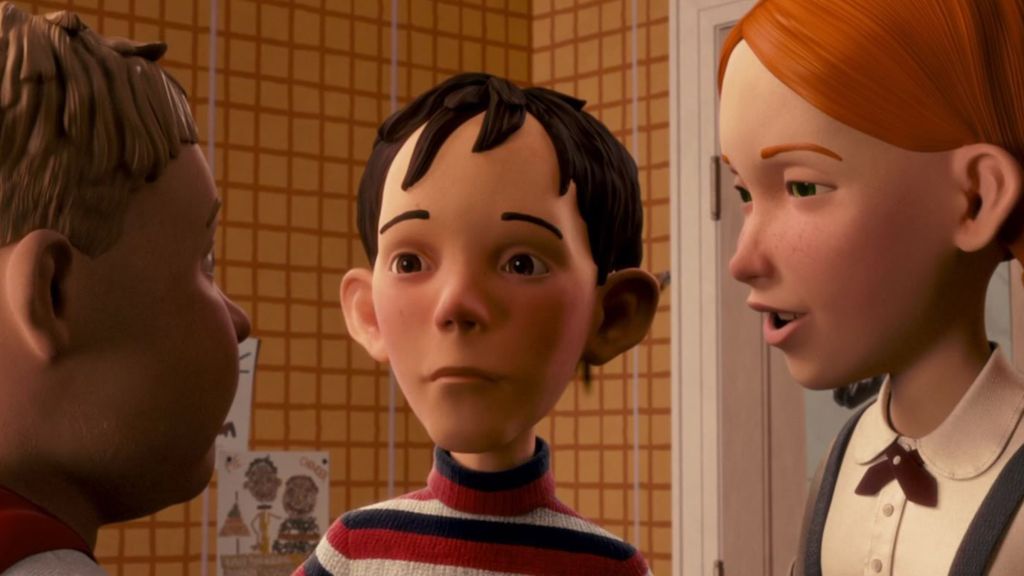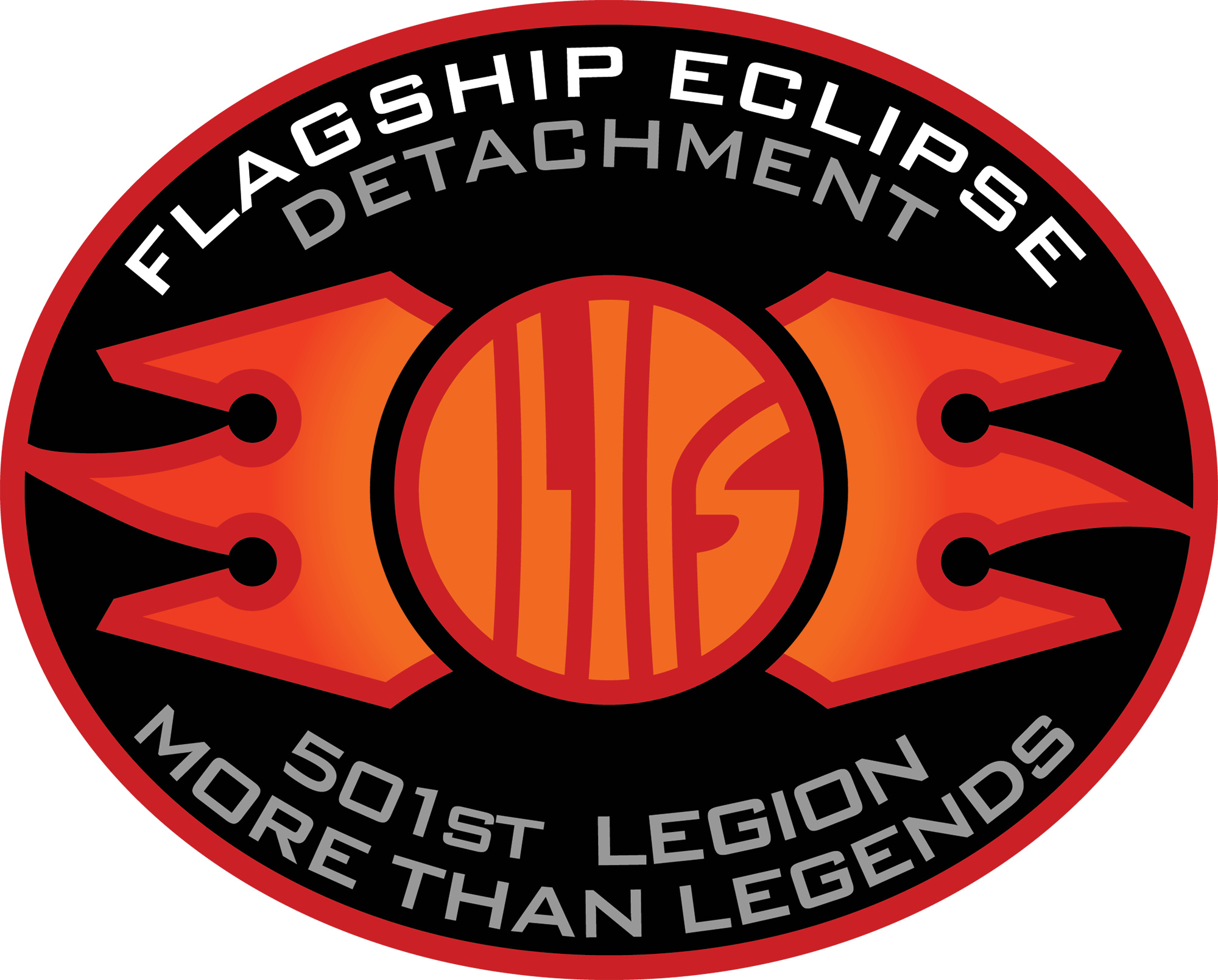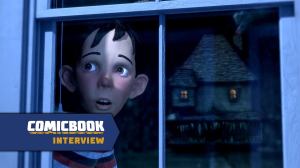
Blending horror in a film targeted toward children is extremely difficult to get right. Films like Coraline and ParaNorman are some of the rare titles that get it right, whereas films like 2023’s Haunted Mansion failed to captivate audiences with a low box-office gross. The better examples tend to marry an almost Amblin-like spirit with genuinely creepy elements: neither pandering to or alienating younger audiences too much. Still, it’s a difficult balance to capture.
One of the better and less appreciated horror films for kids is 2006’s Monster House. Centered on three kids who believe the house across the street is alive, the film is an extremely original take on the haunted house trope while pushing the limits of what animation can accomplish. From its stellar voice ensemble to incredible direction from Gil Kenan, Monster House doesn’t get nearly the recognition it deserves.
Monster House Is a Visual Masterpiece

One of the reasons Monster House deserves to be talked about in the same vein as classics like The Lion King and Coraline is that it did something with animation that no film did before it. The film was the first animated project to combine motion-capture work with traditional animation. This allowed for the characters to be more expressive as it took the real-life performances from the voice actors and blended them with animation. This method allowed for a more emotional film that gave it a stronger humanity, and was the reason for landmark achievements in visual effects, such as the Planet of the Apes trilogy in the 2010s.
The motion-capture work not only allowed for more nuanced character performances, but also allowed the camera to act as a character. The cinematography is extremely free-flowing, capturing the scope of the film in a unique manner as well as bringing its own perspective to the story. In most cases, the still images of the cinematography tell the story, but in Monster House, it’s the movement of the camera.
The animation itself brilliantly conveys the quirkiness and horrors of the film. The 3D animation has a stop-motion feel to it due to the clay-like designs of the characters. The decision to create the characters and atmosphere this way not only brings artistic merit to the film but also brings the film to new heights. Having photorealistic animation is good in some cases, like the Toy Story films, but a film as quirky and strange as Monster House works best when it strays from realism, and luckily, the filmmakers are aware of that.
Monster House Is a Blast From Start to Finish

Not only is Monster House an achievement in animation, but it’s also a relentlessly entertaining watch. The core group of kids has incredible chemistry with one another, with Sam Lerner’s charismatic and hilarious turn as Chowder being the main standout. The interaction between the three kids makes for so many laugh-out-loud moments, for both kids and adults. From a joke about the uvula or something simple, like a gag involving a kite, the film’s humor makes the film constantly entertaining while allowing for great buffers between the horror sequences.
The supporting cast also turns in incredible performances, with Kevin James and Nick Cannon putting in memorable performances as two bumbling cops. The easy supporting standout is Jon Heder as Skull — despite only appearing in one scene, his comedy makes for an extremely satisfying sequence that adds to the absurdity of the film. In any other film, a scene like this would be cut, but Heder’s committed performance made it an impossible scene not to include.
The film has trivial themes of bravery and growing up, but arguably the strongest theme explored in the film is Nebbercracker’s grief. Steve Buscemi puts on a generational performance as the antagonist, but the writing is truly what makes his character so strong. Having his regret and trauma expressed through anger isn’t breaking new territory when it comes to delving into grief, but it works incredibly well for the movie due to the empathy and sadness given in his writing. A monologue about his relationship with his wife, as well as his final interaction with the house, are easily the two most emotional scenes in the film that elevate it from the average children’s horror feature.
Monster House may not have a boundary-pushing story, but its achievement in animation and pure entertainment value make the film deserving of a cult-classic status. When it comes to horror films for children, there aren’t many films that can blend the two genres as seamlessly as this one. With numerous hilarious moments and a shocking, heartfelt story, this should be watched by every family household, especially around Halloween.
The post Almost 20 Years Later, This Horror Movie Really Doesn’t Get the Recognition it Deserves appeared first on ComicBook.com.


